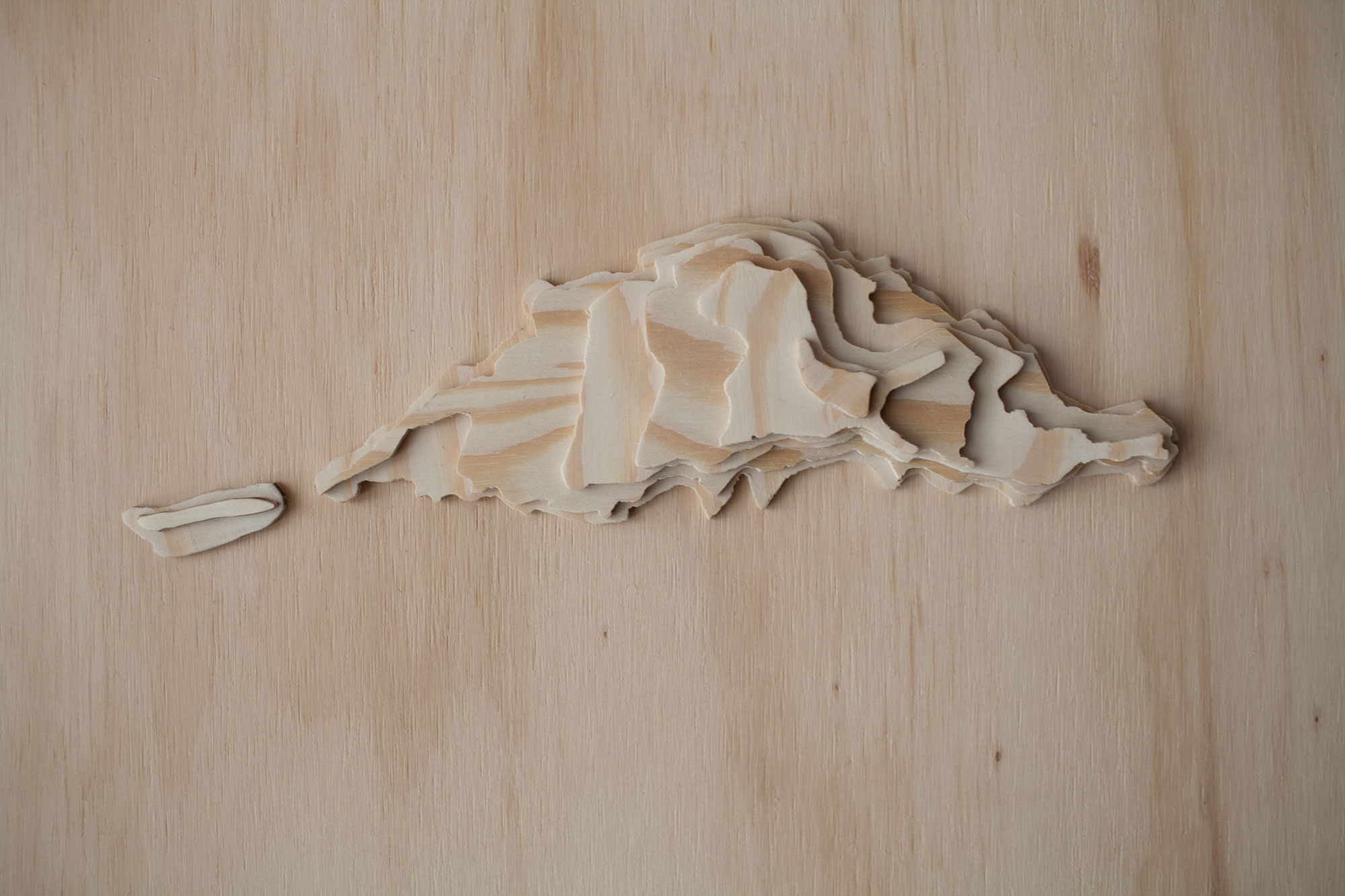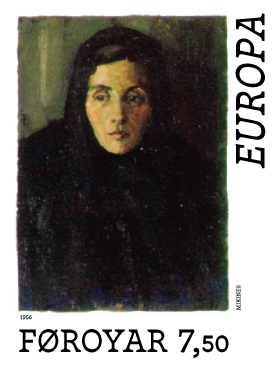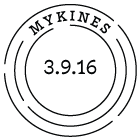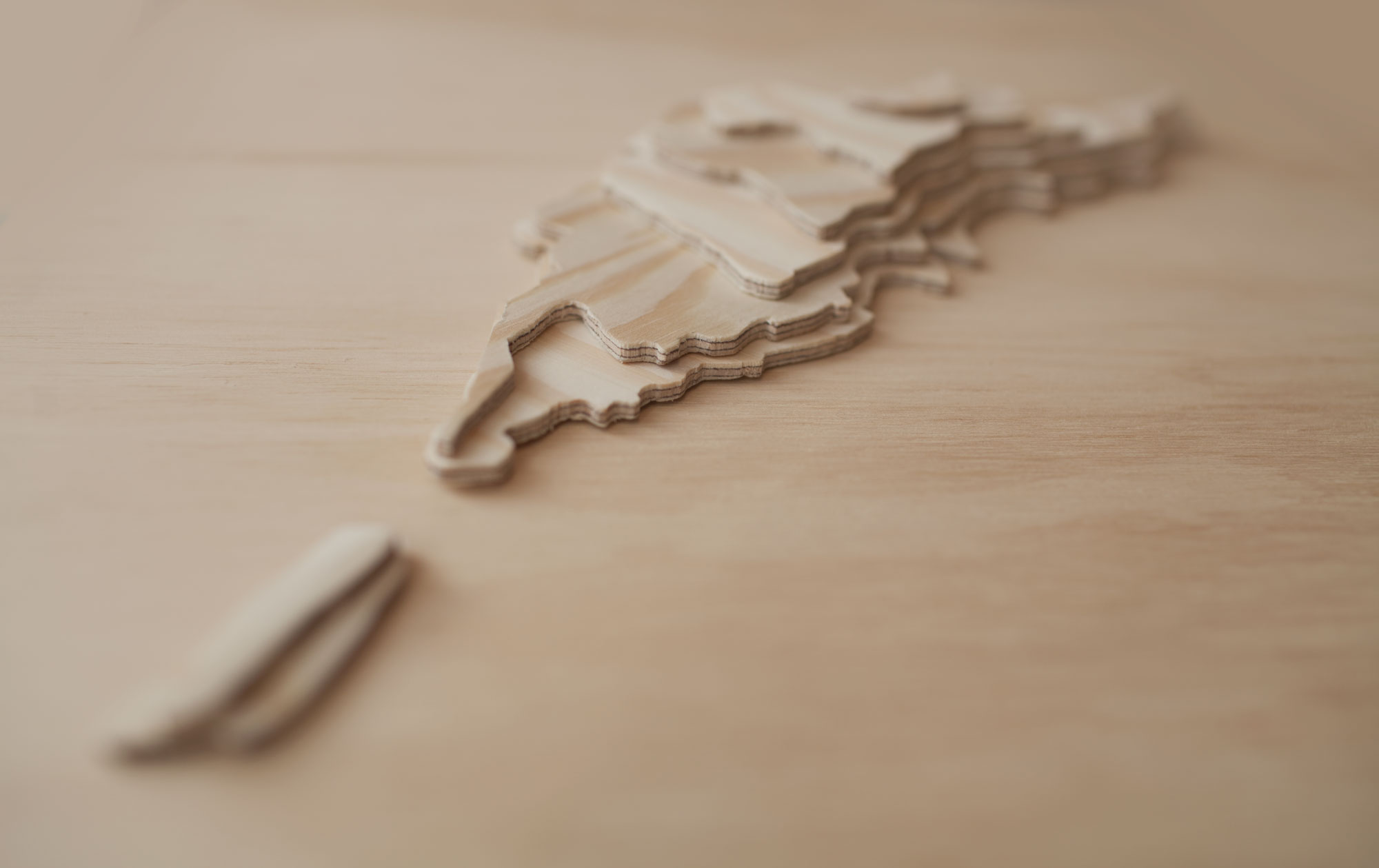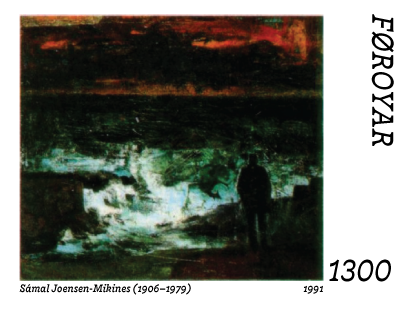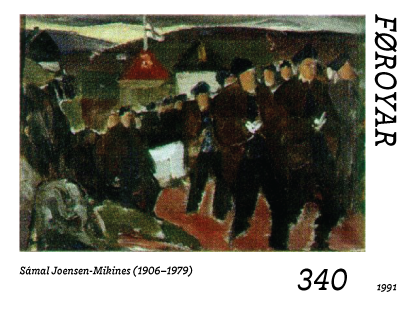Mykines · September 3rd, 2016
Ultima Thule
After a long trip through rough waters, an
island of little more than steep cliffs appears out of the fog. This is Mykines, home of 1200 sheep, countless puffins and 13 humans. And the birthplace of the
greatest painter from the Faroe Islands.
On the 8th of March 1934 disaster struck. Two fishing boats shipwrecked off Iceland, drowning nearly half of Mykines’ men. Later that year, Sámal Joensen-Mikines (1906–1979) lost his father to tuberculosis. The grief left a lasting impression on him, clearly visible in his art.
A decade earlier, young Sámal (he took the Faroese variant of his birth name, Samuel), found his true calling when a Swedish artist visited the Faroe Islands. William Gislander had travelled from Skåne to paint the landscape and the birds living on Mykines. Captivated, 18-year old Mikines followed Girlander’s every step. It was with what little paint was left in Girlander’s discarded tubes he painted his first strokes. A natural artist – first convinced the violin would make his career – he soon surpassed his mentor.
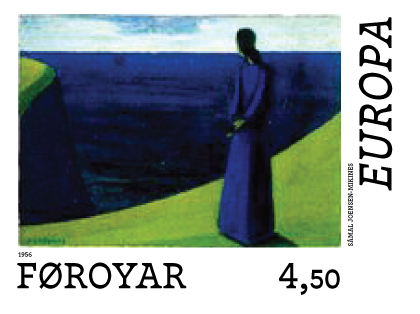
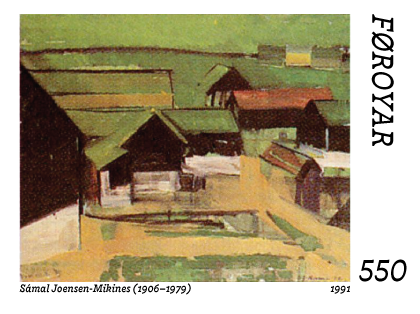
Having made his debut as an artist on the premises of the Temparance Society in Tórshavn in 1927, William Heinesen convinced Sámal to apply for the Royal Danish Academy of Art in Copenhagen. He was accepted the following year, and studied under professors Aksel Jørgensen and Ejnar Nielsen.
He made study trips to Bergen, Oslo, Göteborg, Stockholm, Paris and Amsterdam, and was greatly influenced and inspired by contemporaries like Edvard Munch and Eugène Delacroix.
